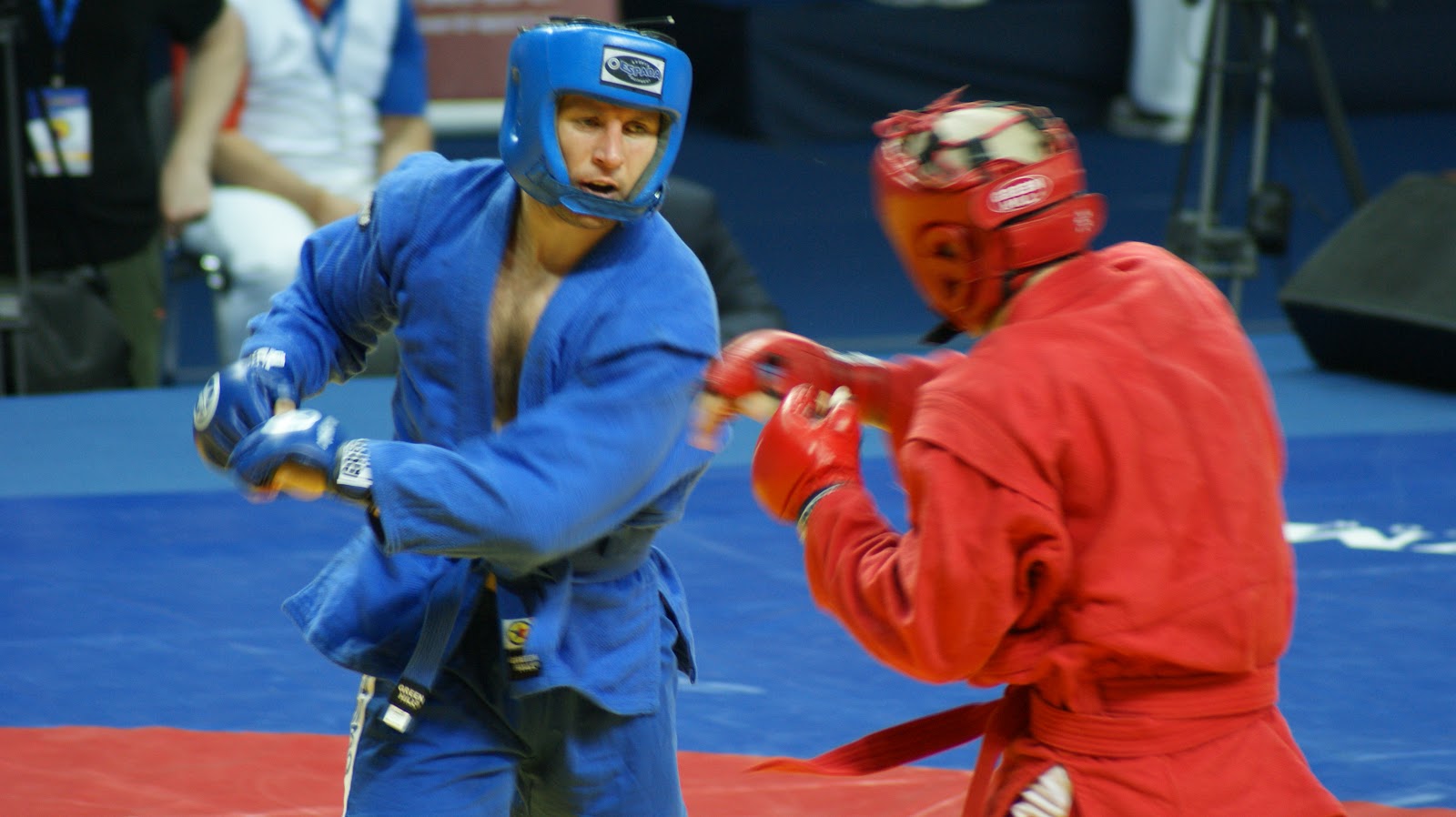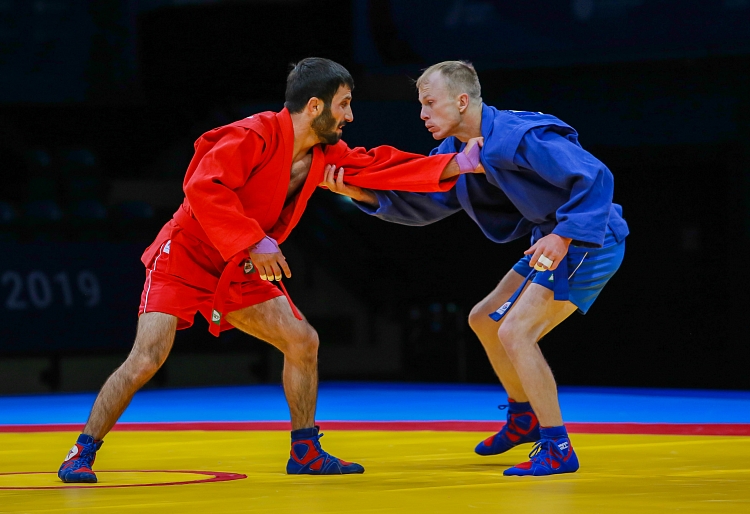Unraveling the intriguing history of Sambo, a global sport with its roots deep within the military tactics of the Soviet Union, opens up a fascinating chronicle. This post will delve into the captivating journey of Sambo, originating from its inception in the Soviet Red Army to its recognition as an international sport. The story unfolds, packed with captivating details about its creation and evolution, revealing its unique purpose and the extraordinary heritage it carries.
The foundation of Sambo lies in the intense and severe training routines of the Soviet Red Army. It was conceived to equip soldiers with effective self-defense techniques, which later metamorphosed into a combat sport appreciated worldwide. The post will elucidate on how this military-rooted technique evolved over the years, transcending borders and becoming a global phenomenon.
We will journey through the historical corridors, exploring how Sambo was crafted meticulously from Judo and other international martial arts forms. The account further expands on the profound influence this amalgamation has had on the development and refinement of Sambo, shaping its unique identity and international appeal.
This riveting narrative doesn’t just stop at tracing Sambo’s evolution; it also highlights its remarkable role in fostering international camaraderie through sport. So, buckle up for an engaging voyage through the fascinating history of Sambo, from its Soviet military roots to its present-day global acclaim. Let’s embark on this journey to understand the depth and purpose behind the creation of this extraordinary combat sport.
The Origin and Evolution of Sambo
Sambo, a martial art and combat sport, has a rich history that dates back to the early 1920s. It was conceived by the Soviet Red Army with the intention of improving their hand-to-hand combat abilities. The development of Sambo was a systematic effort to blend the most effective techniques of judo, jujitsu, wrestling, and other fighting arts into a single, unified system.
The Birth of Sambo
Two key figures are credited with the creation of Sambo: Viktor Spiridonov and Vasili Oshchepkov. Spiridonov was a veteran of World War I and Oshchepkov, a former student of judo founder Jigoro Kano. Their objective was to create a martial art that would be efficient in real combat situations, while also being safe for training purposes. They observed various forms of martial arts and hand-to-hand combat techniques from across the USSR. This resulted in the creation of a martial art that was uniquely Soviet. It was named “SAMozashchita Bez Oruzhiya”, which translates to “self-defense without weapons”, and is typically abbreviated as Sambo.

Sambo’s Growth and Recognition
In the following years, Sambo quickly gained traction within the Red Army. It became an official sport of the Soviet Union in 1938. Sambo’s effectiveness in real combat situations and its adaptability made it popular among the military and police forces.
International Recognition
Despite its Soviet roots, Sambo’s influence spread far beyond the USSR. The first World Sambo Championships were held in 1973, which marked Sambo’s official entry onto the international sporting scene. The sport continues to grow in popularity, with practitioners all around the globe.

Sambo in Modern Times
Sambo has evolved significantly over the years, with different styles and techniques being introduced. The two primary forms practiced today are Sport Sambo and Combat Sambo.
Sport Sambo
Sport Sambo is very similar to judo but allows more varied types of leg locks, while chokes are forbidden.
- Emphasizes throws, holds, and submissions
- Restrictions on certain grips and holds to increase safety
Combat Sambo
Combat Sambo, developed for the military, resembles modern mixed martial arts, including extensive forms of striking and grappling.
- Striking techniques are allowed
- Ground fighting and submissions are more varied
Sambo’s evolution has been a fascinating journey, from its creation as a military hand-to-hand combat system to its current status as a globally recognized sport. It stands as a testament to the innovation and adaptability of martial arts.
Conclusion
In conclusion, Sambo’s evolution from its Soviet military roots to a globally recognized combat sport is a testament to its adaptability and effectiveness. Conceived in the 1920s by the Soviet Red Army, Sambo was the result of a systematic effort to amalgamate the most potent techniques of various martial arts into a unified combat system. Spiridonov and Oshchepkov, the creators of Sambo, aimed to design a martial art that was practical in real combat and safe for training, leading to the birth of a uniquely Soviet martial art.
Over time, Sambo gained traction, growing in popularity within the military and police forces and officially becoming a sport of the Soviet Union in 1938. Its growth didn’t stop there; its influence transcended beyond the USSR, marking its international presence with the first World Sambo Championships in 1973.
Sambo’s evolution continued into the modern era, manifesting in two primary forms today – Sport Sambo and Combat Sambo. Both forms of Sambo highlight its flexibility, innovation, and continuing relevance in martial arts. From its inception to its present form, the journey of Sambo embodies the spirit of martial arts – constant evolution, resilience, and global influence.
